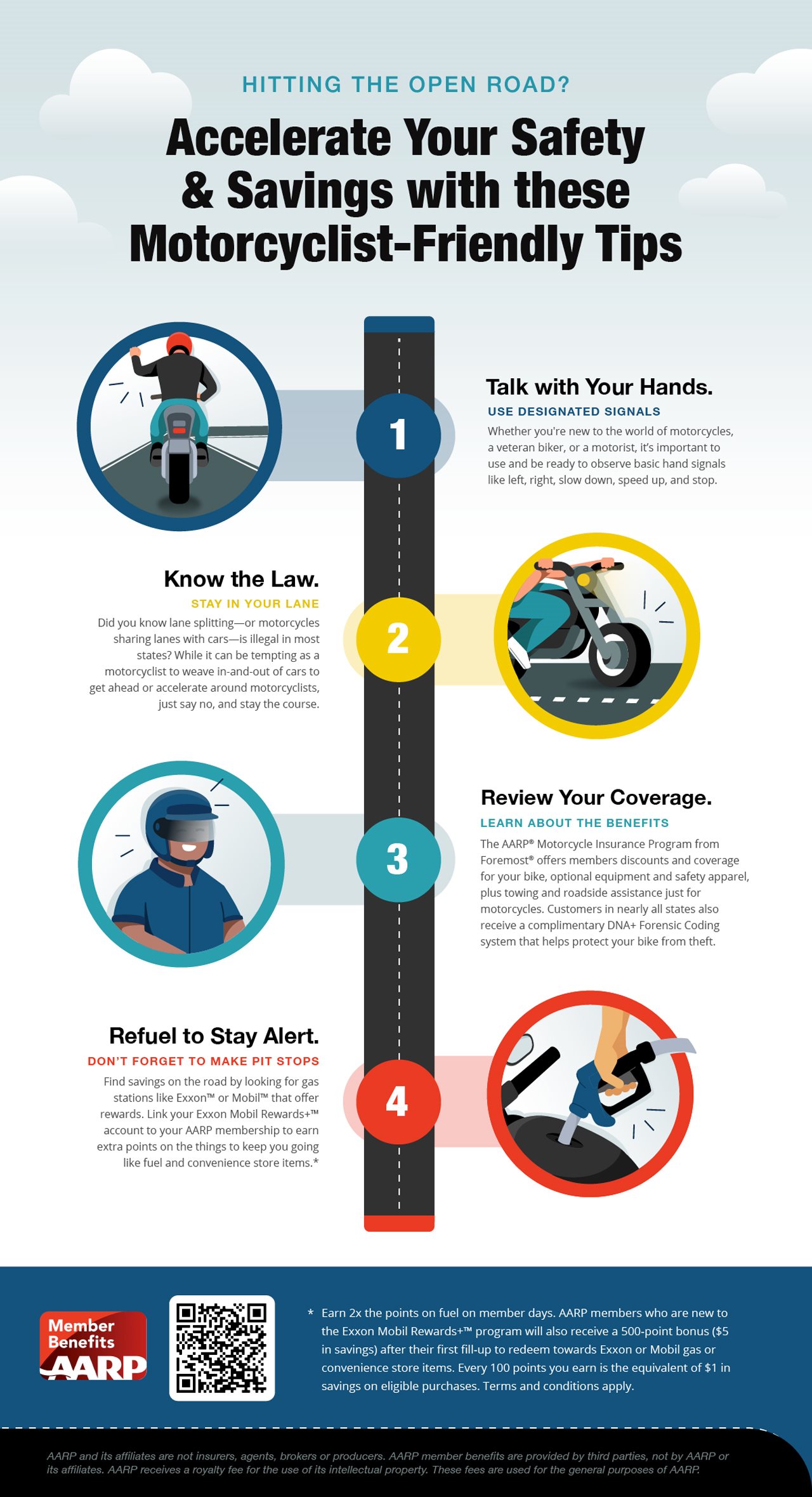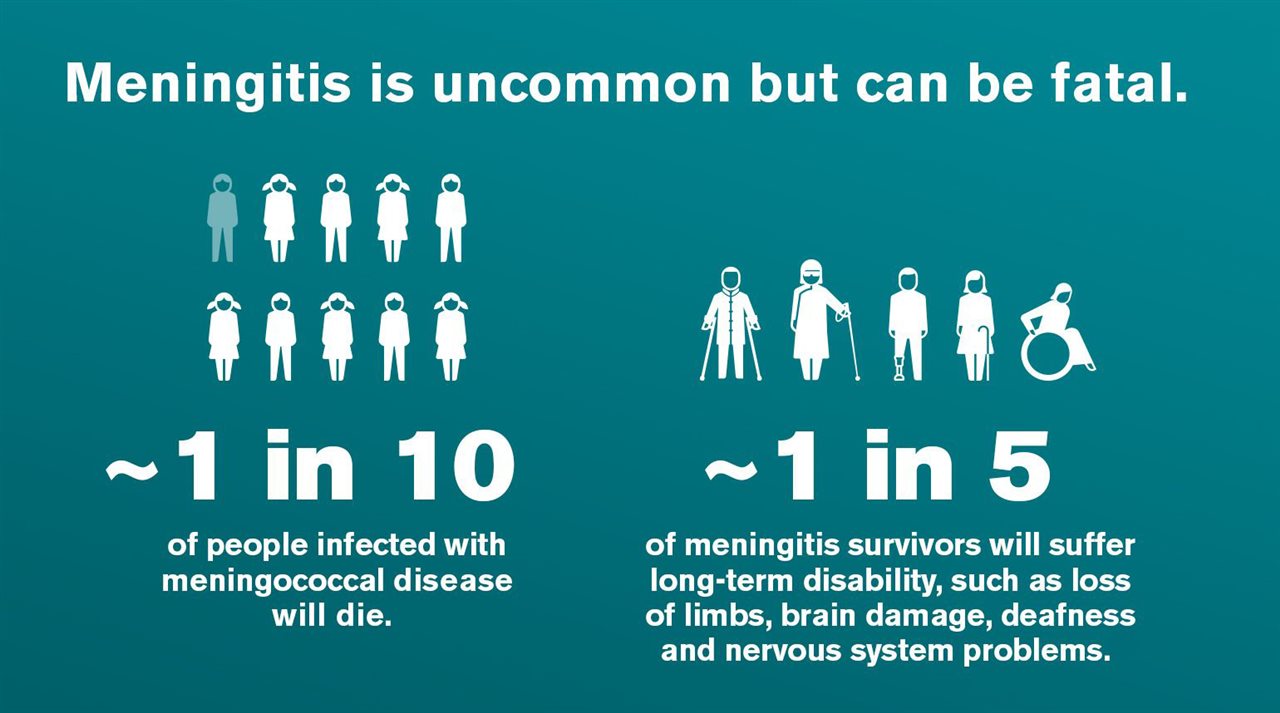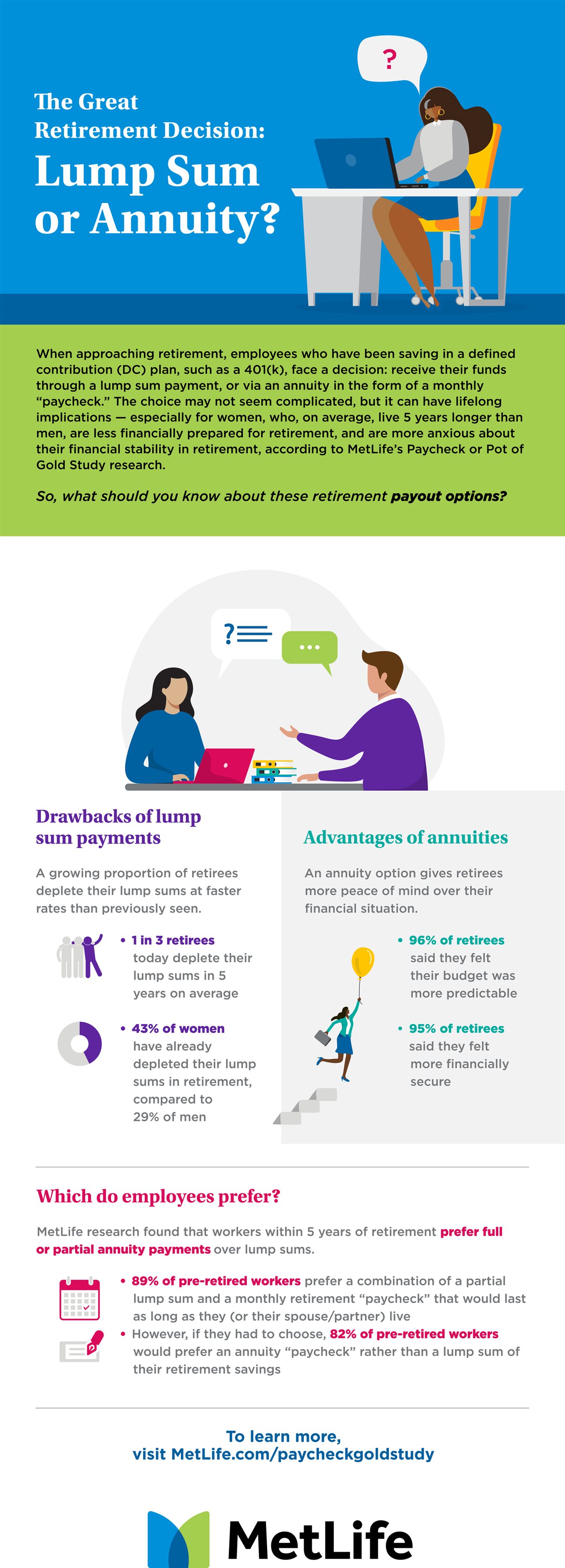2022-07-27T20:01:00
(BPT) – Everyone has a teacher they remember that changed their life. It might be the bubbly one with a big personality, the one who believed in you no matter what, or the one who showed you how to think in new, creative ways.
Since August 2021, more than 1.4 million people have quit jobs in education, and an overwhelming number of them are teachers, according to the U.S. Bureau of Labor Statistics.
With many educators choosing to leave the profession, students of all ages might be left waiting for an educator who will change their lives.
However, as the educator shortage continues, substitute teachers are filling in and positively impacting students in numerous ways. In fact, schools need more substitute teachers than ever to fill vacancies, and they need them on the first day of school.
If you have ever considered working in a school, this is a great time to explore substitute teaching. Kelly Education can help. With an easy-to-access online application process and free training, you can start making a difference while enjoying a flexible schedule.

What makes a great substitute teacher?
Patience, empathy, an appreciation of learning and a desire to help students grow are critical components of a great substitute educator. Substitute teachers from all walks of life — business professionals, retirees, college students, entrepreneurs and first responders — work in this valuable role.
Each person brings their diverse life skills and experiences to the classroom and this can make a difference in the lives of the students and colleagues they connect with at school.

Free training and incentives.
Never worked in a school before? No problem.
Before starting your job, we want to ensure you are ready on day one. Kelly Education provides paid post-hire orientation for all instructional and non-instructional roles. This covers Kelly Education and district-specific policies and procedures. Additionally, free, specialized training through live webinars and online modules gives you the insights, tactics and skills you need to succeed in the classroom and maximize student learning.
In addition to impacting the lives of children, there are many perks and benefits — including weekly pay with direct deposit, a 401(k) plan, a service bonus plan, insurance benefits and flexible schedules to fit your lifestyle. Many job options are available: substitute teacher, classroom aide, paraeducator, nutrition, custodial services, administration and more.
Ready to make a difference?
As a substitute teacher, you have the power to change the world one student at a time. You decide when, where and what grade levels you prefer. It’s the chance to do some of the most important work you will ever do, on your schedule. Visit WakeUpAndTeach.com to learn more.











